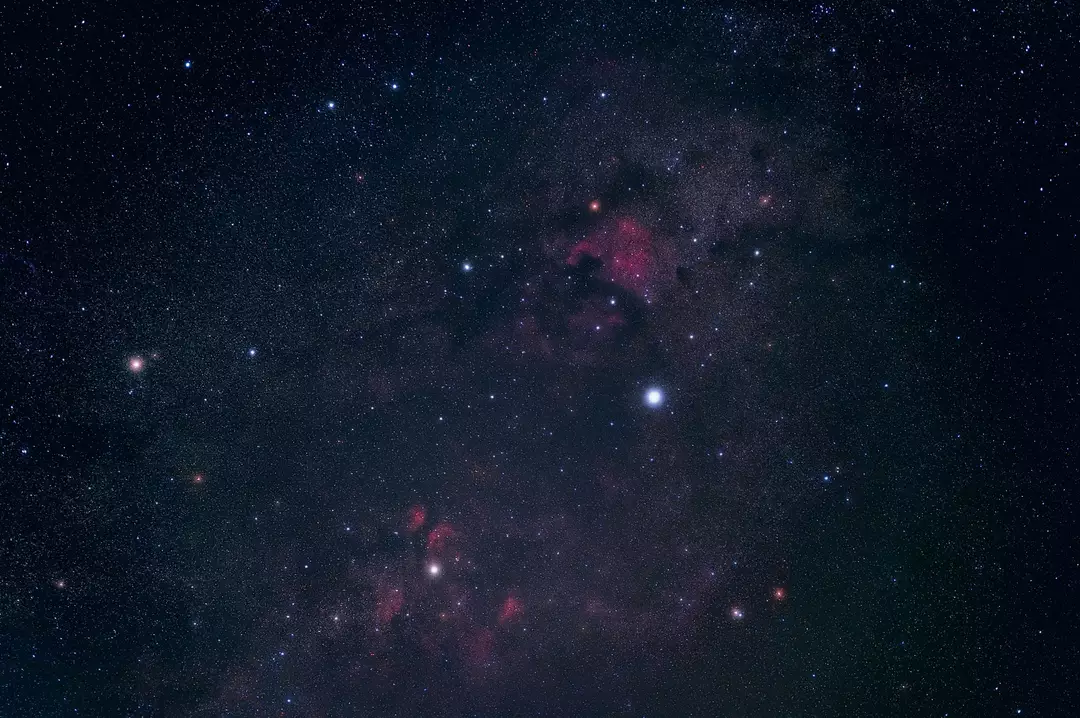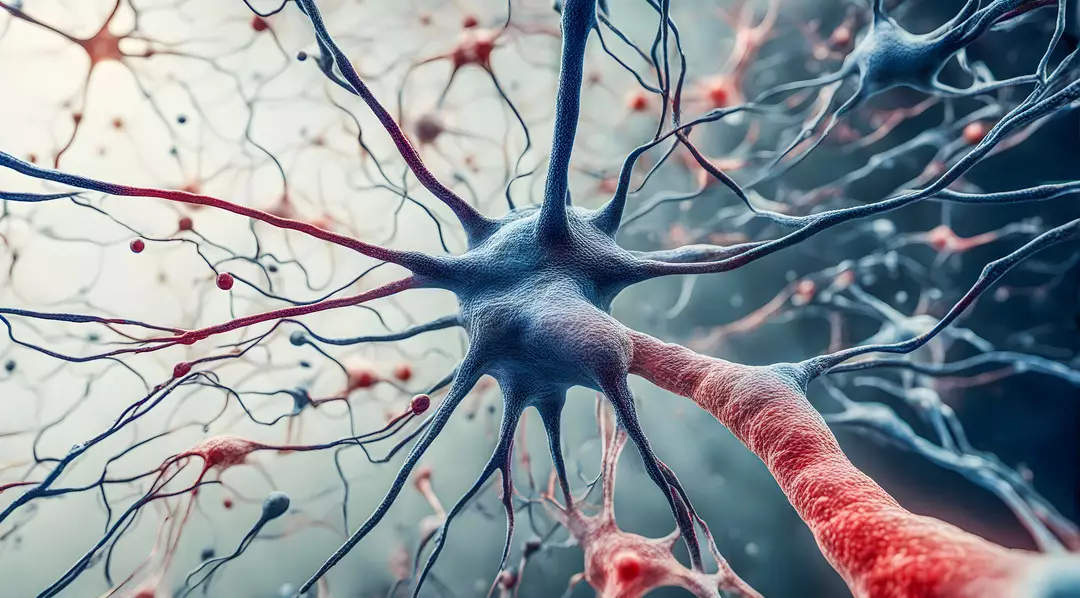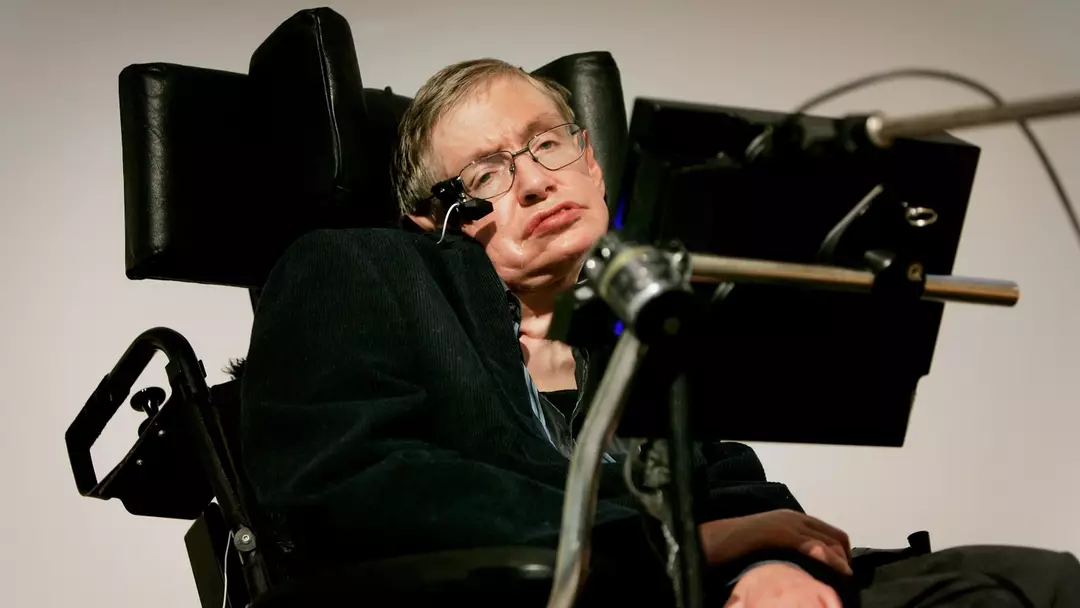Experts suggest that a cure for motor neurone disease, the condition that claimed the life of physicist Stephen Hawking, might be uncovered through space-based research.
Historically, human innovation in medicine has been Earth-centric, but scientists are now turning their gaze to outer space for groundbreaking solutions.
Some pharmaceutical companies are even entertaining the idea of establishing laboratories in orbit to develop new medications for those with unmet needs.
In the case of Hawking, who was diagnosed with ALS (Amyotrophic Lateral Sclerosis) at the age of 21 in 1963, experts propose that space research might hold the potential for a cure.
ALS, a form of motor neurone disease (MND), leads to progressive paralysis, affecting movement, swallowing, and eventually breathing.

While Hawking lived with the disease for 55 years, passing away in 2018, others may only survive a few months to a couple of years, depending on how swiftly the condition progresses.
Currently, there is no known cure, though certain treatments can help manage symptoms and slow the disease’s progression.
Professor Alysson Muotri from the University of California, who is set to present the Stephen Hawking Memorial Lecture at the Motor Neurone Disease Association (MNDA) annual symposium in San Diego, believes that space research could likely lead to a cure.
One challenge in studying motor neurone disease on Earth is the absence of suitable models for research.
Scientists have made strides by developing organoids—tiny brain models the size of a grain of sand to study neuronal behavior—but the missing element is time.
MND is a progressive disease, deteriorating as patients age, necessitating a method to simulate gradual neural damage quickly.
Researchers now hypothesize that the unique conditions of space, such as radiation and microgravity, which cause cells to age rapidly, might provide a solution.
“Space can accelerate the senescence of human brain cells, compressing the research time into practical terms,” Muotri explained to the Telegraph.
“Right now, we do not have an age-relevant human model for MND and this strategy can likely help.”
Professor Clive Svendsen, from the Regenerative Medicine Institute at Cedars-Sinai Hospital, is spearheading efforts to cultivate mini brains in space to find an ALS cure.
He noted: “In the last four or five years I have collaborated with SpaceX and some companies sending cells to the ISS.”

“The idea was that if we grew them in with microgravity they would automatically form better cultures.”
“We’re now testing those on Earth. We brought them back to see if there’s any long-term effects of manufacturing in space.”
Svendsen added, “There’s a yin and yang in space. The yin is that maybe we can manufacture cells better and the mission we have now – we have cells on the space station right now and are waiting for astronauts to go up – is what happens when you try and make brain tissue when you are not constrained by gravity.”
“But the yang is that astronauts have all sorts of weird side effects from microgravity which is basically premature aging, like their bones becoming more brittle.”
This premature aging effect, although a downside for astronauts, might be the breakthrough needed to develop a cure for motor neurone disease.

